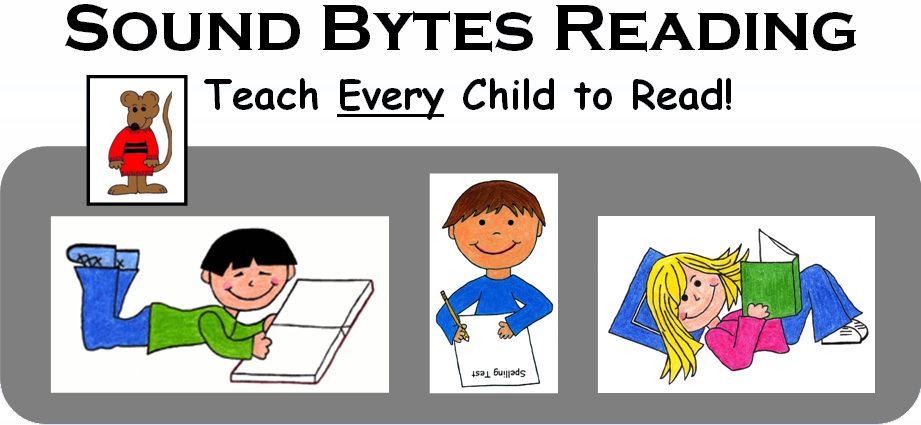Does It Matter How We Teach Kids To Read? — Part 2
Why is the whole word method of learning to read so difficult? Students who read whole words as a unit and who have not learned decoding skills must memorize each and every one of the thousands of words they will eventually need to know in order to be capable of reading well.

To be able to read at a first grade reading level, a student needs to memorize about 2,000 to 3,000 words. This is the number of whole words an average student can retain. And a student will need to memorize about 5,000 words to get to a third grade reading level (McGuinness, Carmen and Geoffrey; Reading Reflex; 19, 37). This is why students who appear to read well in first grade begin to experience reading difficulty around the third grade.
One problem with teaching students to read each whole word as a single unit is that many words look very similar to other words when viewed as a unit. This leads to many reading errors and low comprehension of the text. Students who view words as a whole have been taught to look at the beginning and ending letters as well as the overall shape of the word to figure out the word. This becomes problematic very quickly and results in students who struggle to read even simple words. Take a look at the shape of these words:

These words look very similar to beginning readers as well as to struggling readers. Unless a student is taught to pay attention to every letter from left-to-right in each of these words, and especially to the vowel in the middle of the word, he will not be able to read these words accurately.
Each of the following words contains the exact same letters, but not in the same order, and they have very different meanings:

When words get longer and more complex, it is even more difficult to read unless students have learned to decode and read the entire word letter-by-letter. As students get older, they often use context to decide what the word is. This works only part of the time, resulting in poor reading comprehension.
Look at the shape of these words as well as the first and last letters:

Students who struggle to read will find that reading these words accurately is quite difficult:

However, once we teach these same students what to pay attention to, reading becomes easy. They often ask why no one has taught them this before. In Part 3, we will talk about phonetic decoding and why it’s important for students to learn how to do this.
